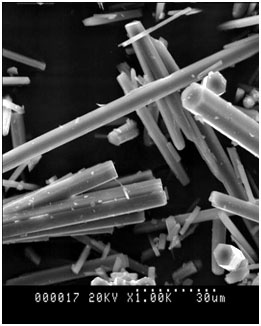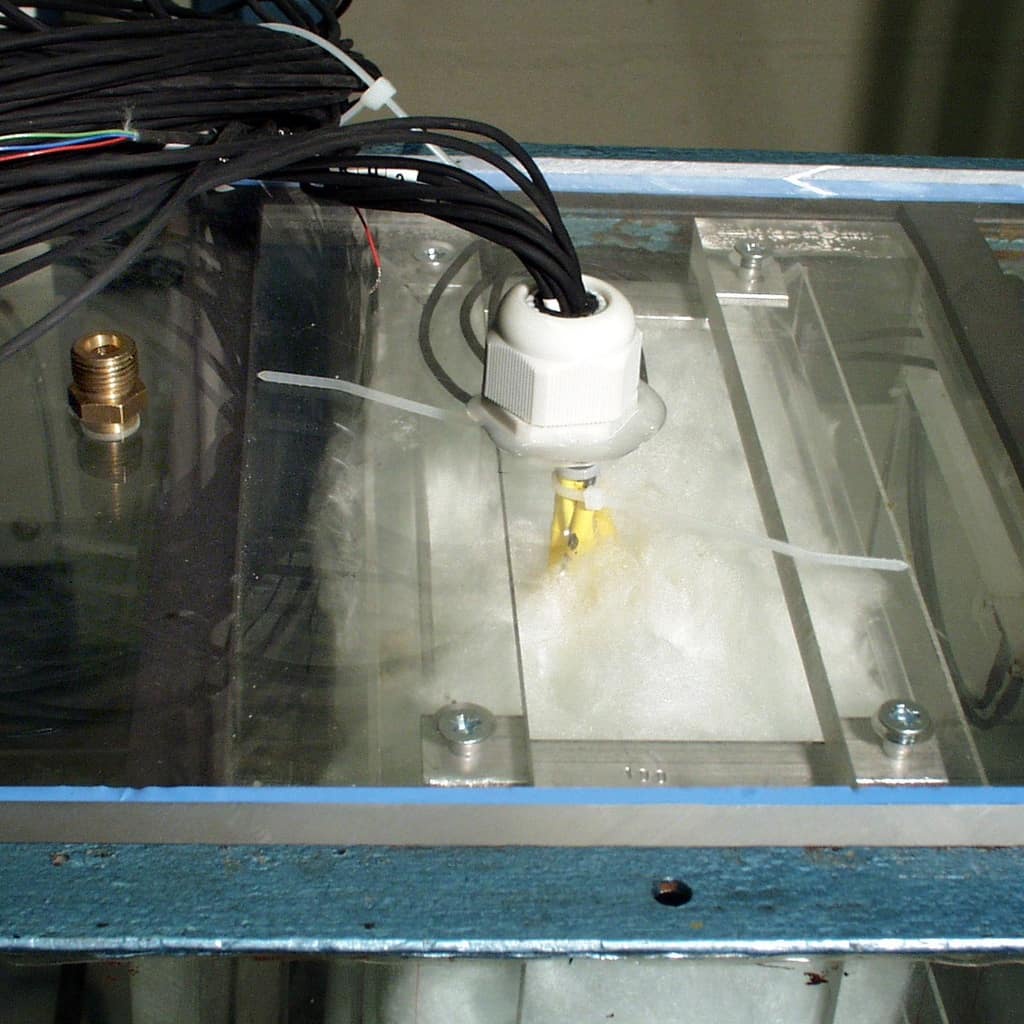| Energy use reduction (energy efficiency) and more efficient use of materials, to reduce embodied energy and carbon, are two important aspects of current and future efforts to limit and reduce energy demand.
The newly established Centre for Innovative Building Materials and Technologies (cibmt) has as its primary focus the reduction of conventional energy use and carbon emissions in buildings. This encompasses the materials used in their construction or renovation, performance aspects of building fabric and how buildings are designed and used. It also encompasses renewable energy use in buildings, optimisation of the control systems governing the operation of the building, the transient response of a building to its local environment, the effect of the building on it's local and global environments, the impact of buildings on the health and wellbeing of their occupants and how energy efficient, low carbon buildings can be built, renovated and retrofitted more effectively and economically.
However, the remit of the centre is much wider and covers, through the application of theory, rigorous scientific method and fundamental engineering principles, development of the complete range of innovative solutions and products for sustainable construction in general, including homes, buildings and urban / extra-urban infrastructure development.
The cibmt benefits from access to the world leading expertise and activities of its members, developed and honed over many years at the University of Aberdeen, and also by our affiliated partners and through long-term established links with other Universities, Research Organisations and Industries across the UK and Internationally. It brings together expertise comprising a core of University of Aberdeen academic staff from the Schools of Engineering, Natural & Computing Science, Business, Economics, Art History and Social Science, with a substantial number of active research fellows and postgraduate students in relevant areas.
With the cibmt we are well placed to meet the big challenge of creating the sustainable built environments of the future at regional, national and international levels. |


